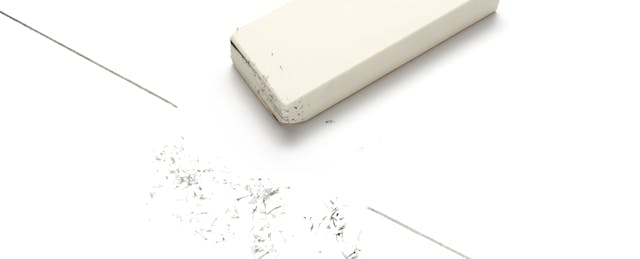Back in the early 1900s, John Dewey promoted the “learning by doing” approach to education, which would later become the foundation of project-based learning (PBL). This framework allows for students to use knowledge from all areas of study to complete a project or task, a process that prepares them for the challenges that they may have to overcome in a future career.
Having a job may seem a lifetime away for a child. But by exposing them to different career paths, we can get them thinking about their life after high school before it’s too late.
As teachers, administrators, or parents, we know how important the future is for our students, and we want to give them an idea of what to expect when the next chapter of their lives begin. But how can we better prepare them for their lives after graduation?
Opening up a World of Possibilities
At Kankakee Public Schools in Illinois, we’ve introduced 16 different career paths to about 70 percent of our K–5 students using Defined STEM’s career wheel. Some of these topics include agriculture, communication and information studies, human services, and health science. Each grade has a designated topic, paving the way for every student to explore and become familiar with a wide variety of career possibilities.
Three years ago, this began the transformation of Kankakee’s general education track into the College and Career Academy, which is 100 percent focused on using with PBL to prepare students for future jobs. With our new focus, we are one of 10 high school districts in Illinois that have started to move to competency-based learning. We’re also working to report on students’ mastery of skills with progress levels, rather than a traditional report card at the end of each semester.
For us, it starts by marrying the traditional, content-driven coursework with performance-based assessment. Rather than having teachers manage a whole group of 30+ students at once, PBL frees them to break classes into small groups and connect and talk in depth with each group. To accommodate this teaching style, our classrooms are being redesigned from larger, lecture-style spaces into smaller, collaborative rooms conducive to group work.
Increasing Scores and Building Excitement
Since we implemented our PBL model, data shows that in one year (2016 to 2017), reading comprehension scores increased 8 percent, math application increased 9 percent. We have also seen an increase in student engagement in all of our K–6 classes, and have built partnerships with local businesses and industries that support students’ exploration and curiosity about future career options.
One of the most important aspects to us is the sense of wonder and hope that students are showing when they get excited about opportunities in the classroom. Rather than going home after school and saying they did nothing during the day, they have shown us how invested they are in their learning and how enthusiastic they are about sharing that excitement with others.
For example, one student did an organic gardening activity for a restaurant. She shot and edited a video for her assignment, a mini-newscast in which she talked about her project. The teacher was especially surprised to see this, since the student was typically quiet during class. Later on, this same student did part of her presentation in Chicago to a room full of superintendents. Now, she has found her love for news editing and is looking to pursue a career in this field.
These stories are what make the switch to PBL so fulfilling.
Connecting with the Community
As we make our way toward a completely mastery-based model, we are slowly ridding ourselves of traditional grade levels. Instead, we aim to categorize students by year one, year two, and so on. If a child can demonstrate mastery of a certain content area, they can move on in their work even if they are technically a freshman.
We have also increased dual-enrollment options, providing our junior and senior students opportunities to take local community college classes. This ends up playing a significant role in giving our students a taste of real-world jobs once they have displayed mastery.
The partnerships we have with local businesses have opened up many doors. For example, we have a local health clinic in the district where students interested in medical studies can learn necessary skills for a career in that field. We’ve also had local conferences where students interested in areas like public relations and public speaking interview with workforce readiness programs and learn from employees about what it takes to succeed in a full-time job.
Repetition Breeds Success
To continue bringing college and career opportunities to all of our students, we encourage them to work on projects multiple times. Very rarely does a student understand something on the first try. Rather than getting an assignment, turning it in, and getting a grade, we want students to do something multiple times in a variety of ways. This way, teachers can provide a lot more feedback for improvements and growth.
The future of career readiness at Kankakee reflects our goal of making sure every student has a clear vision of what lies ahead. We’re continuing to work on improving our mastery-based learning and new grading system, and ridding ourselves of traditional grade levels. This project-based approach plants the seed for students to continue wondering at and questioning their surroundings, ensuring they graduate with a strong sense of self. We have seen it provide so many opportunities and boost so many students’ confidence, and we want to continue that pattern.


